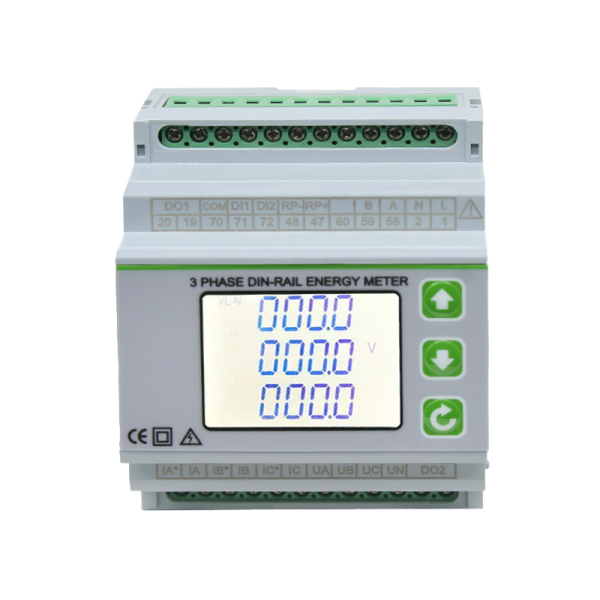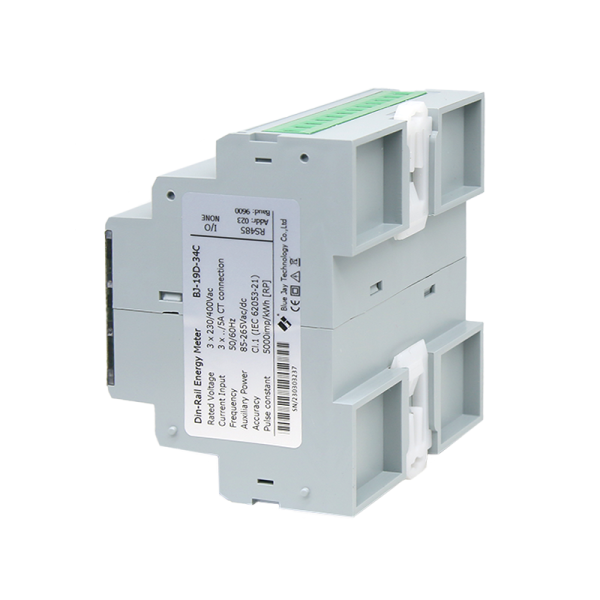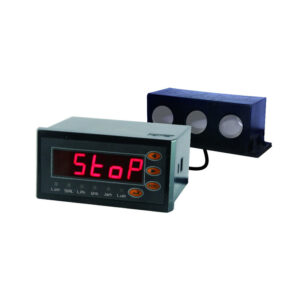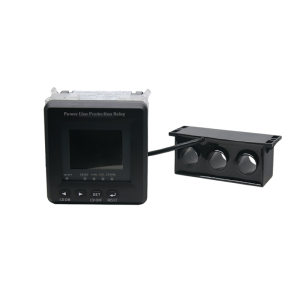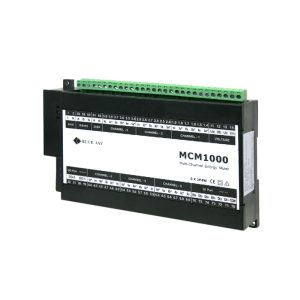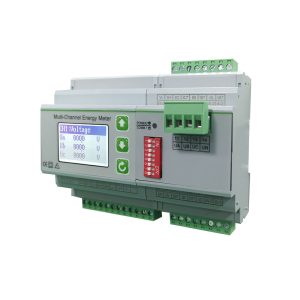Overview
This three-phase DIN rail electric energy meter is designed for versatile parameter measurement applications. It encompasses three-phase AC power measurement and calculation, energy accumulation, as well as harmonic analysis. Additionally, the 3 phase KHW meter facilitates analysis of voltage and current imbalances, multi-rate electric energy metering, and maximum demand metering, and includes features such as four-way switch input and two-way relay output.
With its multifunctional capabilities, this three phase digital energy meter serves as a reliable and all-encompassing solution for accurate measurement and analysis in diverse applications. The incorporation of advanced features ensures efficient monitoring and management of electrical parameters in various settings.

Feature of 19D-34C Three Phase Electric Meter
- Maximum 999A, 1A/5A CT connection
- Detect voltage, Current, active/reactive energy, power, frequency, Max demand and other important parameters
- Provide energy import and export measurement (IMP & EXP)
- With one port Energy pulse output
- RS485 Modbus communication
- Standard 35mm din rail mounting, width 4M size
Application of 3 phase energy meter & power meter
It is used for electric power, communication, railway, transportation environmental protection, petrochemical, steel, and other industries.


